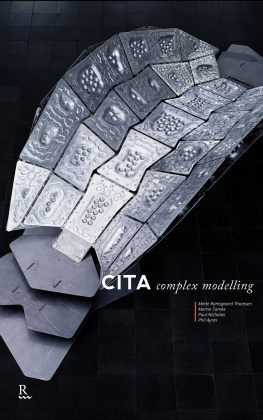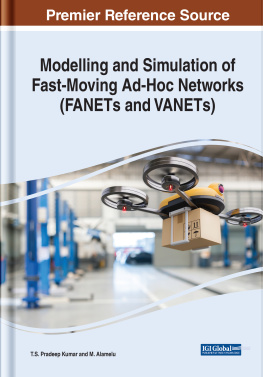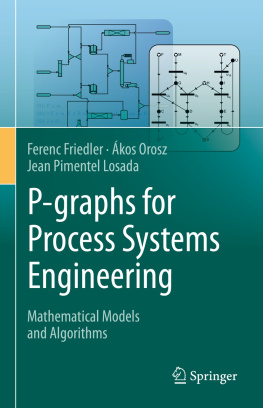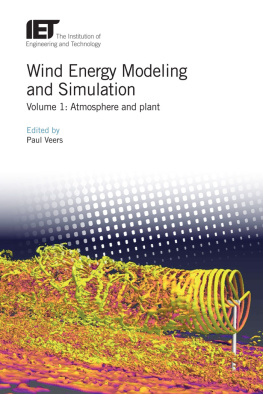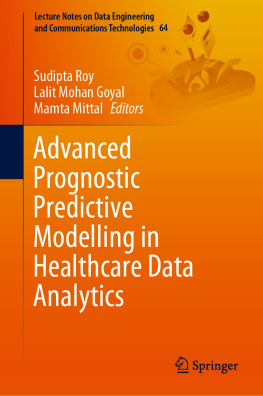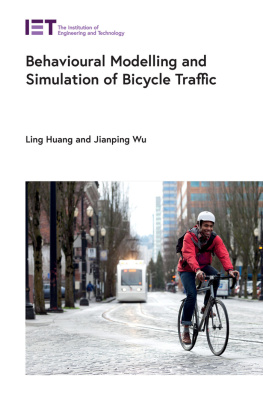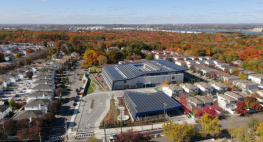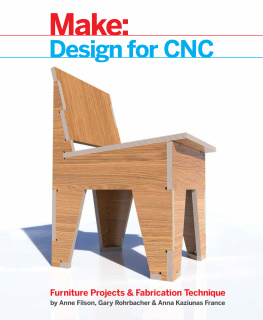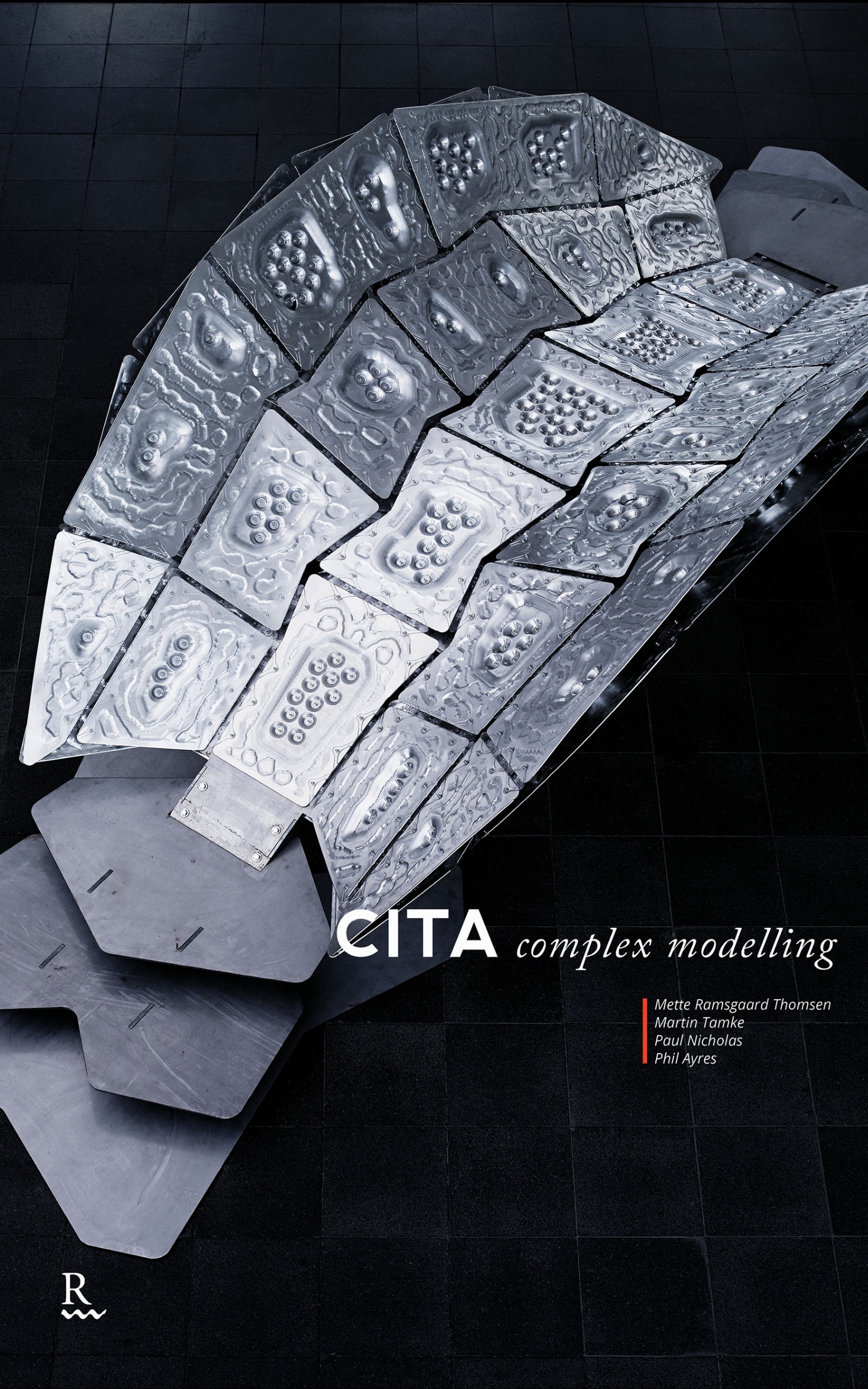Title: CITA Complex Modelling
Other Title: Complex Modelling
Authors: Mette Ramsgaard Thomsen, Martin Tamke, Paul Nicholas, Phil Ayres
Names: Ramsgaard Thomsen, Mette, 1969- author.
Graphic Design:
Yuliya inke Baranovskaya
Proof Reading:
Sandra Greig
Riverside Architectural Press:
Anne Paxton, Bianca Weeko Martin, Ellie Hayden, Muhammad Tahir Pervaiz, Philip Beesley
Published by Riverside Architectural Press.
www.riversidearchitecturalpress.com
First edition. Includes bibliographical references.
2020 Riverside Architectural Press
All rights reserved. No part of this publication may be reproduced, or transmitted, in any form or by any means, electronic, mechanical, including photocopying, recording, or any other information storage and retrieval system, without prior permission.
Every reasonable attempt has been made to identify owners of copyright.
Errors or omissions will be corrected in subsequent editions.
Library and Archives Canada Cataloguing in Publication
Identifiers: Canadiana (print) 20200179578 | Canadiana (ebook) 20210107928 | ISBN 9781988366272 (hardcover) | ISBN 9781988366371 (HTML)
Subject: LCSH: Architectural designComputer simulation
Classification: LCC NA2728 .C58 2020 DDC 720.285dc23
This book conveys the findings of the Complex Modelling research project. Complex Modelling is a five-year framing project undertaken at CITA, the Centre for Information Technology and Architecture at The Royal Danish Academy of Fine Arts, School of Architecture. The project investigates the future of the architectural model in the age of advanced computation. By questioning the tools for integrating information across the expanded digital design chain, the project examines the infrastructures that underlie computational design. Complex Modelling asks how new interdisciplinary methods for adaptive parametrisation, advanced simulation, machine learning and robotic fabrication can be orchestrated within novel workflows that expand the agency of architecture.
Our aim for this book has been to support the many scientific contributions that Complex Modelling has produced, which have been published in the scientific journals and conferences of our community, through the provision of deeper design-based explanations of the underlying computational and material methods that ground the realisation of each project. As such, the book privileges the how to of research and the maker-based inquisitiveness of design creation, and gives insight into the nature and depth of considerations incorporated into the bespoke workflows developed in each project. This perspective reveals the complex network of processes forming the projects, which merge design agency with analysis, simulation with prediction, parametrisation with open topological modelling and the practices of physical prototyping, fabrication testing and troubleshooting.
The book is structured around five central chapters: Adaptive parametrisation, Integrated analysis, Multi-scale modelling, Information-rich design and Topological modelling. These chapters recount the research and development of seven demonstrator projects, along with a series of speculative probes and prototypes that expand upon the research enquiry and test new methods. In this way, the five central contributions are expressed through both their conceptual framing and their practical methodologies. These contributions are contextualised by theoretical discussions and the presentation of a set of design speculations, smaller research that teases out research questions and probes the territories of enquiry.
Complex Modelling is a collaborative effort. Both within CITA, where it has engaged the full research centre, and through its manifold interdisciplinary collaborations, the project is made up of collective efforts exchanging knowledge between disciplines, knowledge cultures and methods. We are thankful to founding collaborations that supported the project proposal: Prof. Christoph Gengnagel, Chair of Structural Design and Technology, and his group at Berlin University of the Arts, especially Greg Quinn, Riccardo de la Magna and Michael Schmeck. Also, we thank Prof. Mark Pauly, Head of the Applied Geometry Group, Computer Graphics and Geometry Laboratory, EPFL, Switzerland. Throughout the course of the project, further academic and industry-based collaboration was formed. We extend our thanks to these many collaborators, including Billie Faircloth and Ryan Welsch of Kieran Timberlake, Philadelphia, USA; Danica Pistekova of the Academy of Fine Arts, Bratislava, Slovakia; Cecilie Ss Brandt-Olsen of the Technical University of Denmark and BIG Engineering; Sebastian Risi of the IT University of Copenhagen; Yordan Kyosev of the Hochschule Niederrhein; Raul Fangueiro of the University of Minho; Prof. Chris Hutchinson of the Department of Materials Science and Engineering, Monash University, Melbourne; Tim Schork of the University of Technology, Sydney; the Essener Labor fuer Leichte Flaechentragwerke, the University of Duisburg-Essen; DTU Department of Mechanical Engineering; and Aarhus School of Architecture. We also thank the many industry partners for their various contributions ranging from in-depth research collaboration to sponsorship. We thank Bollinger+Grohmann; HAL Robotics; SICK Sensor Intelligence Denmark; str.ucture GmbH; FLUKE PPH Consult A/S; Lindab A/S; TexMind UG; AFF A. Ferreira & Filhos; Fibrenamics; DSM Dyneema B.V.; Geleen; Alurays GmbH, Munich, Germany; ZHA Code; and Craft Metals.
We would like to extend thanks to Prof. Mark Burry of Swinburne University, Melbourne and Prof. Klaus Bollinger of the University of Applied Arts, Vienna, Austria for both their contribution as part of the advisory board and their help in evaluating results during the research process.
Finally, we are thankful to the funding body that made the project possible. Complex Modelling has been formative in the maturing of CITA research. The project is a Sapere Aude Advanced Grant research project supported by The Danish Council for Independent Research (DFF). The grant was awarded to Prof. Mette Ramsgaard Thomsen and the project started in September 2013.
Prof. Mette Ramsgaard Thomsen
Contemporary building culture stands before radical changes to its practices and technologies as it struggles to respond to new requirements for energy efficiency, sustainability, and economic and societal change. As our societies are challenged by escalating urbanisation, coupled with the climate crisis, it is the role of the architect to create clever design solutions that enable better material use, higher energy conservation, and better social and urban programmes, while maintaining high architectural quality and cultural importance. The role of design is to develop customised solutions that engage the specific challenges of a given site, programme and environment. Until now, such creative inventiveness has been restricted by modern industrialised building culture. However, the increasing use of computational design strategies enables contemporary architectural design practice to develop new information-based design models that include environmental information, integrate analysis and bridge to fabrication. Here, modelling practices and infrastructures play a central role.

